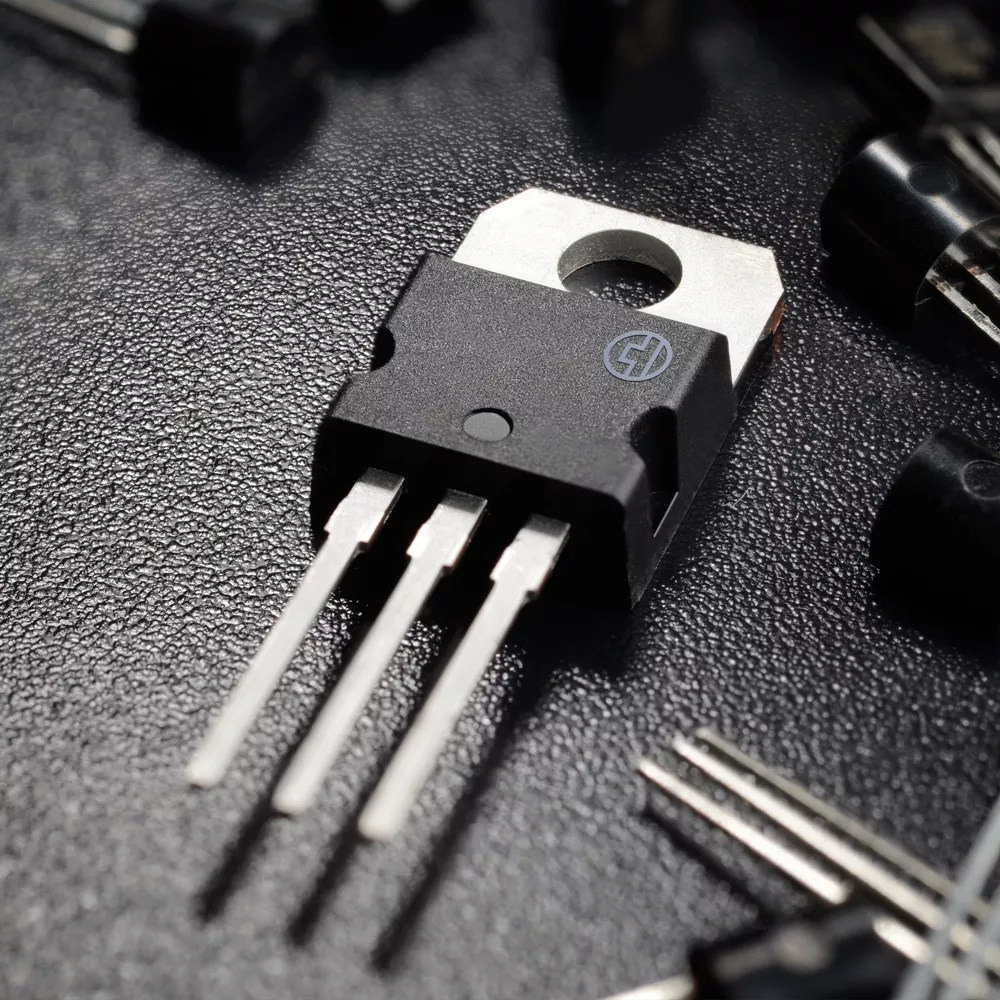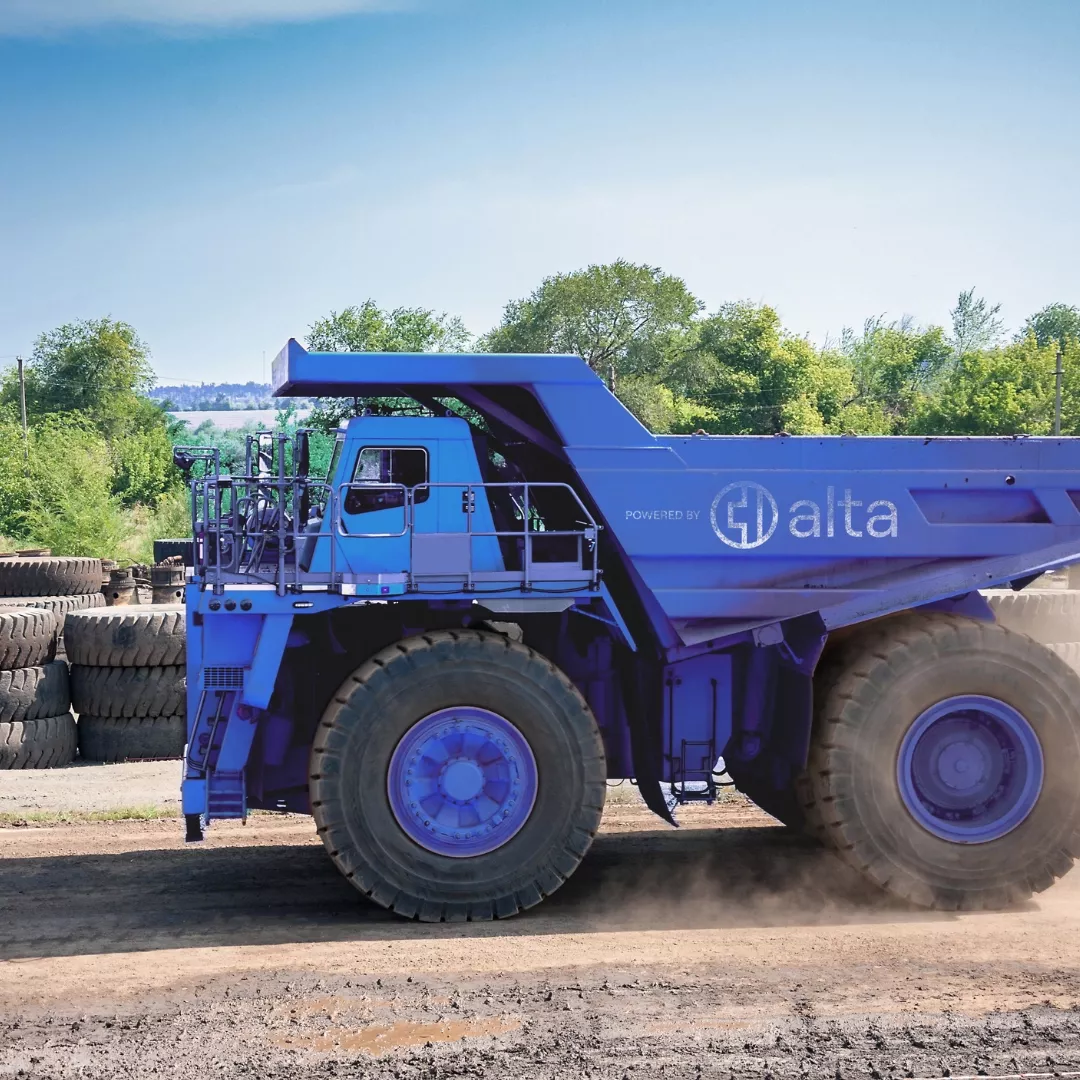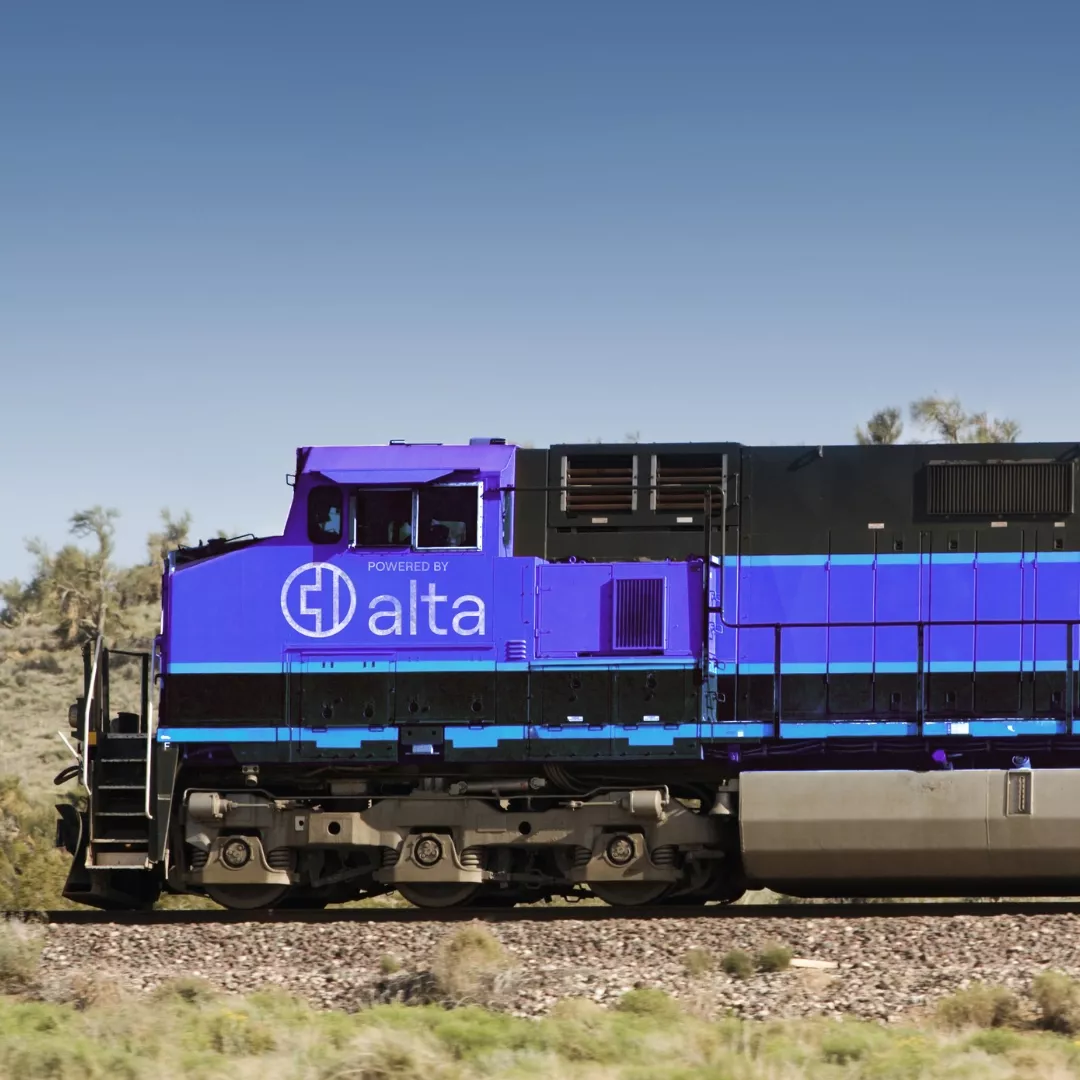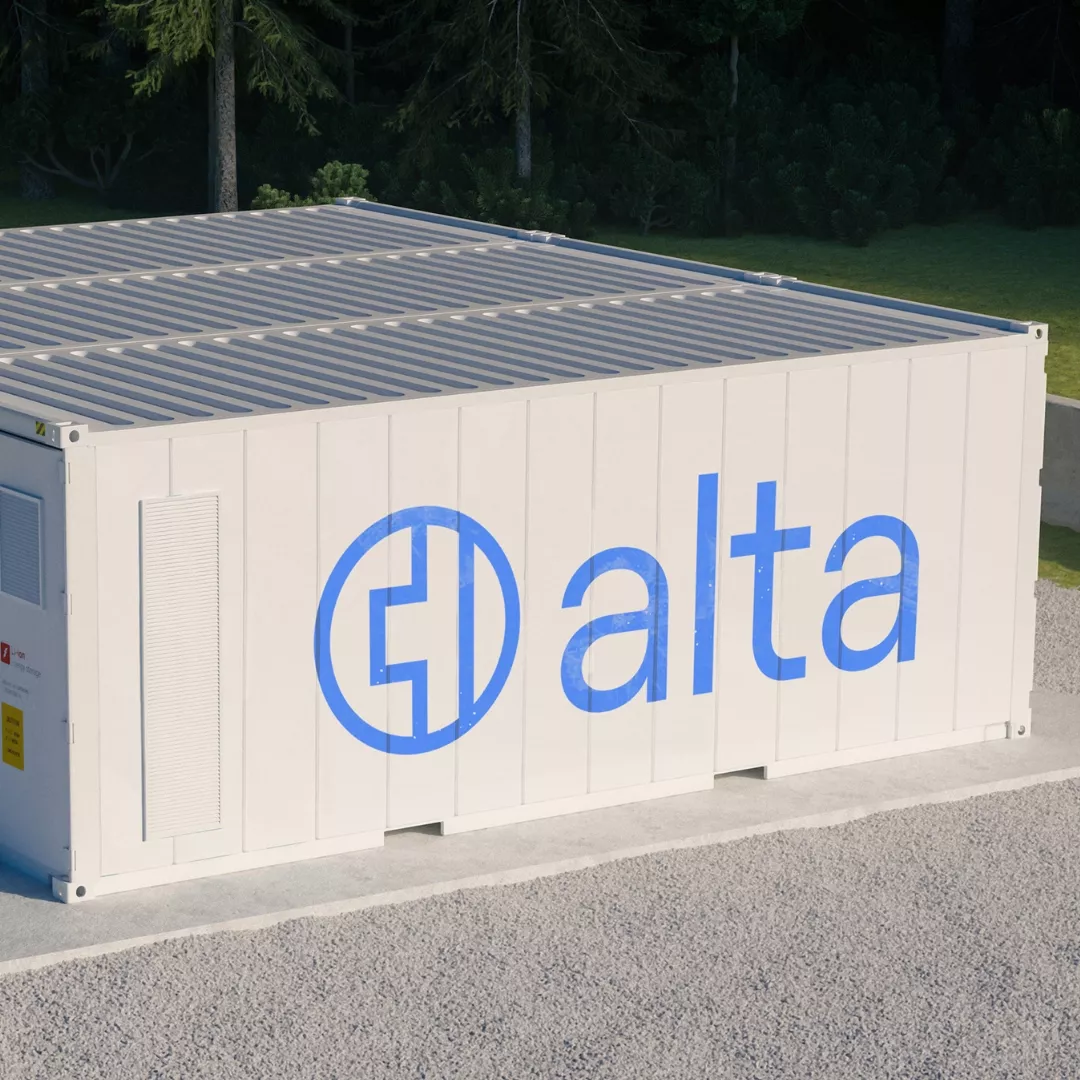DC to AC Inverters
A DC-AC inverter is an electronic device that converts direct current (DC) into alternating current (AC). DC power is commonly produced by sources like batteries, solar panels, and energy storage systems, but many high-power applications - such as electric motors in mining trucks - rely on AC for efficiency and performance. Inverters enable this conversion, allowing DC energy to power AC-driven equipment, integrate with the electrical grid, or operate industrial machinery.
How Do DC-AC Inverters Work?
The core function of a DC to AC power inverter is to convert DC into AC. This process is achieved through the use of electronic switches like MOSFETs or IGBTs (Insulated Gate Bipolar Transistors). These components rapidly switch the DC’s constant voltage into a sinusoidal, square, or modified sine wave output, depending on the application.
Inverters also offer:
- Voltage and Frequency Adjustment: Inverters can adjust the output voltage (e.g., boosting 12V DC to 220V AC) and frequency (e.g., 50Hz or 60Hz), ensuring the right power for different components.


Why Do You Need a DC-AC Inverter?
Inverters are essential for both grid-connected and off-grid power systems:
- Off-grid systems: In solar or battery energy storage systems (BESS), inverters provide power to equipment that is not connected to the main electricity grid.
- Grid-connected systems: Inverters convert DC power from renewable sources (like solar or wind) into AC, which can then be fed into the grid. They also make DC transmission systems (such as high-voltage DC lines) compatible with the AC grid, reducing transmission loss by stepping up the AC voltage.
Additional Information
Where Are DC-AC Inverters Used?
DC-AC inverters are used in a wide range of applications, including:
- Solar energy systems: Converting DC power from solar panels into AC to feed into the grid.
- Battery storage systems: Converting stored DC power into AC when needed.
- Battery Electric vehicles (BEVs): Inverters convert DC from the vehicle’s battery to AC to power the electric motor.
DC-AC Inverters in Locomotives, Mining Trucks, and Traction Motors
In large machinery like locomotives and mining trucks, DC-AC inverters play a key role in controlling traction motors. The inverter takes the DC power from the battery or generator and converts it to three-phase AC. The voltage and frequency of the AC can be adjusted with Pulse Width Modulation (PWM) to control the motor’s speed and torque. Visit our
This conversion is crucial for:
- Acceleration and deceleration: The inverter helps manage how fast the vehicle accelerates or decelerates by adjusting the power supplied to the traction motor.
- Energy recovery: During braking, regenerative braking systems turn the AC generated by the motor into DC, which is then used to recharge the battery or stored for future use.
Why Choose Alta’s DC-AC Inverters?
Alta’s DC to AC voltage inverters are designed for high performance, efficiency, and reliability. Here's why our inverters stand out:
- High power and density: Our inverters offer high power and energy-saving performance, making them ideal for demanding applications.
- Advanced thermal management: We use sophisticated cooling techniques to ensure that our inverters operate efficiently, even under heavy loads.
- Efficiency: Our inverters achieve efficiency levels ranging from 94% to 98% depending on the load, ensuring that minimal energy is wasted.
What’s the Power Density of Alta’s Inverters?
We use single-sided cooling IGBT modules for traditional traction inverters, with a power density of up to 10 kW/L. When we switch to Silicon Carbide (SiC) FETs, the power density increases significantly to 25 kW/L, making our inverters more compact and efficient.
How Do Our Inverters Handle Power Fluctuations?
In regenerative braking applications, the inverter helps manage power fluctuations. During braking, the AC generated by the motor is converted into DC and stored in the DC bus. Filter capacitors are used to stabilise the voltage, while a DC-DC converter helps ensure that the energy on the bus is efficiently used to charge the battery.
Thermal Management: Keeping Things Cool
For high-power applications, effective cooling is essential. Alta’s inverters use water-cooled heat dissipation or water-cooled systems with air conditioning units to manage temperature and maintain optimal performance. The power of the cooling system is intelligently controlled based on factors like the controller’s temperature or the water temperature.
What Power Range Do Our Inverters Support?
Alta’s DC-AC inverters can handle a wide power range, tailored to your needs. Whether you're looking for inverters for industrial machines or renewable energy systems, we can provide solutions that fit your specific requirements.


